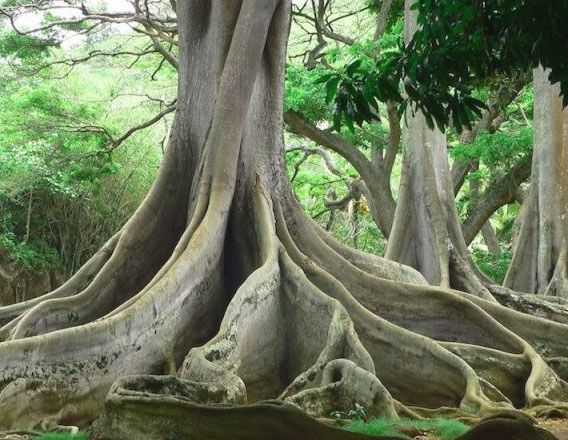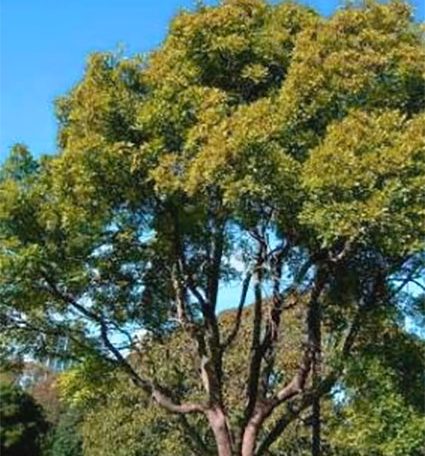Tree Species Profile: Black Bean Tree
Black Bean Tree, also commonly referred to as Castanospermum Australe, is a flowering plant that uniquely stands out as the only species under the narrow Castanospermum. A moderately rare variety that’s found in select locales such as Australia in Queensland, Papua New Guinea, and New South Wales, this cadre of trees are widely recognised for their adaptive capacity to amass iminosugars within their amazing foliage. 
Sometimes known as Moreton Bay Chestnut, this chiefly hardy species is particularly suited for a varying range of climatic conditions throughout Australia. Like many other tree types out there, this rather lofty plant’s growth rates vary from one environment to another. For example, Black Bean Tree grows to an estimated 8 meters in Melbourne. Even though the generally less demanding stems require uninterrupted sunlight right from germination to maturity, it doesn’t wholly disappoint even in surrounds without consistent light.
If grown under rigorous cultivation, the tree ranges anywhere between 8 and 20 meters, depending on a host of more detailed factors. Under the aforestated environments, the variety normally assumes a rounded canopy span measuring up to 8 meters. As such, this excellent growth tendencies render the species an inimitable choice for natural park shades, one of the most exquisite halotestin bodybuilding garden vegetation options, and also an awesome pick for nurturing in resorts or such other recreational grounds.
By the same token, Moreton Bay Chestnut makes for a perfect species for consolidating river banks against likely erosion given the fact that it has an extensively webbed root system. All the same, the same may not be somewhat ideal for largely rocky embankments since proper root spread might truncate it’s very basic natural growth and even it’s core viability as a soil consolidating plant. Regardless of the foregoing caveat, you ought to emphatically note that the tree can yet penetrate fairly stone-filled soils that other roots types will doubtless find somehow impermeable.
Despite the plant’s seeds being quite safe for human consumption once refined meticulously, they have been discovered to be outright lethal to domestic animals. Because the lengthy preparatory process for these seeds shouldn’t be carelessly due to the high risks of self-poisoning, some wary Australian natives chose to shun them as food. In order to remove all the venomous traces, the seeds should be painstakingly roasted, sliced into fine bits, leached with running severally and for many days, and finally be pounded into flour.
Additionally, Castanospermum Australe is a treasured source of walnut-like hardwood timber. In fact, it’s timber ranks among the most hard-wearing categories obtained locally. The leaves, just like the animal-endangering seeds, are highly perilous to livestock and pets as well. By the same token, the variety’s peculiarly wide-reaching root system makes it a poor choice for soils close to drainage piping, swimming facilities, sewerage lines, or fairly deep-going house foundations.
Arborists usually start growing Moreton Bay Chestnut right from seed germination. Transfer from nursery to the main field should be carried out after the shoots develop the first pair of true leaves. The tenderlings also ought to be cultivated on a loose soil and watered sparing as over-watering is a sure recipe for fungal tooth rot. Mulching isn’t bad, although it shouldn’t be recklessly undertaken. Finally, liquid NPK fertilisers may be added, but not earlier than 3 months after germination.


